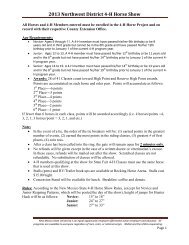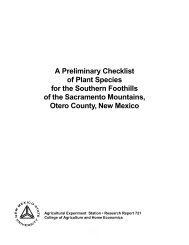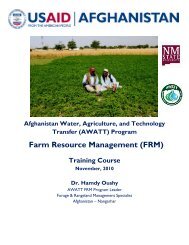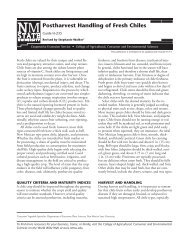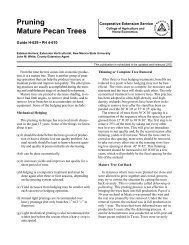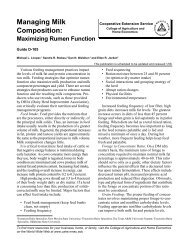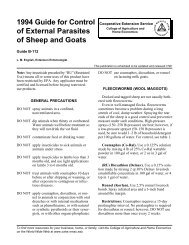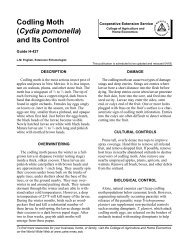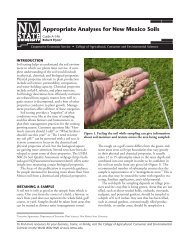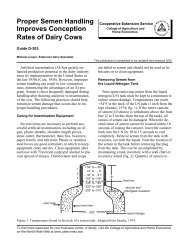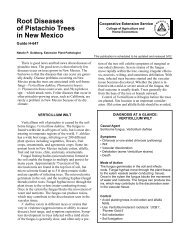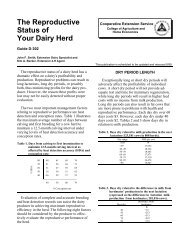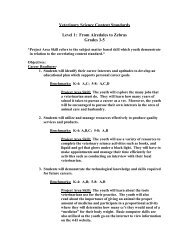Common name: Korean Mint Pinyin: tu huo xiang Part used: Leaf ...
Common name: Korean Mint Pinyin: tu huo xiang Part used: Leaf ...
Common name: Korean Mint Pinyin: tu huo xiang Part used: Leaf ...
Create successful ePaper yourself
Turn your PDF publications into a flip-book with our unique Google optimized e-Paper software.
Astragalus sinicus L.<strong>Common</strong> <strong>name</strong>: Chinese milk vetch<strong>Pinyin</strong>: geng ge hua 紫 雲 英<strong>Part</strong> <strong>used</strong>: leaves, rootsFamily: FabaceaePlant DescriptionChinese milk vetch is an herbaceous perennial with pinnate leaves and pink-purple flowers, usually grown as a winterannual; it is a native of China and introduced to Japan (1) and closely resembles Huang Qi, Astragalusmembranceous. Growers will need to be careful not to plant them in succession or near each other to avoid misidentification.Hardiness & PropagationUSDA Zones 4-10. Chinese milkvetch should be inoculated with Rhizobium prior to planting in spring for greatestyields. As a forage crop, it can be broadcast or solid-seeded; as a root crop, seed can be sown in rows and thinned toone-foot spacing for larger root diameter and yield.Field ProductionChinese milkvetch is slow to emerge and establish, weeds will need to be carefully controlled early on. Cultivation inrows is recommended for ease of weed control.PestsGrasshoppers have been observed to feed heavily on Chinese milkvetch, but the plant usually recovers in the fall. It isalso susceptible to a number of virus diseases, including alfalfa mosaic and mild vetch dwarf virus. Pure virus-freeseed and isolation are the best ways to prevent these diseases.HarvestA well-grown crop is said to yield fifteen tons per acre of green material at the early flowering stage.(1)Roots can behand dug or harvested with a root grubber, yields are comparable to those for Huang Qi, Astragalus membranaceous.InvasivenessChinese milk vetch is a hard-seeded legume, and may persist in fields in following years. Crop rotations and deeptillage will easily control volunteer plants. Do not let volunteer plants go to seed.NotesChinese milk vetch is a multi-purpose crop, serving as a forage, green manure, vegetable or medicinal crop. It is alsouseful in re-seeding eroded or waste places when inoculated with legume-fixing Rhizobium bacteria. Organic growerswill need to be aware that certain modern varieties have been genetically engineered for higher tryptophanproduction.References1) FAO Plant Database, 2009. http://www.fao.org/ag/AGP/AGPC/doc/Gbase/DATA/Pf000465.HTM©Copyright NMSU and Western Center RME, WSU



